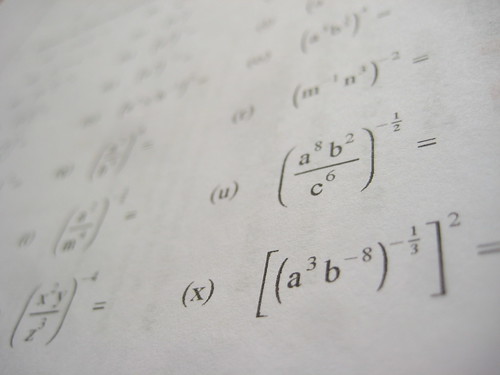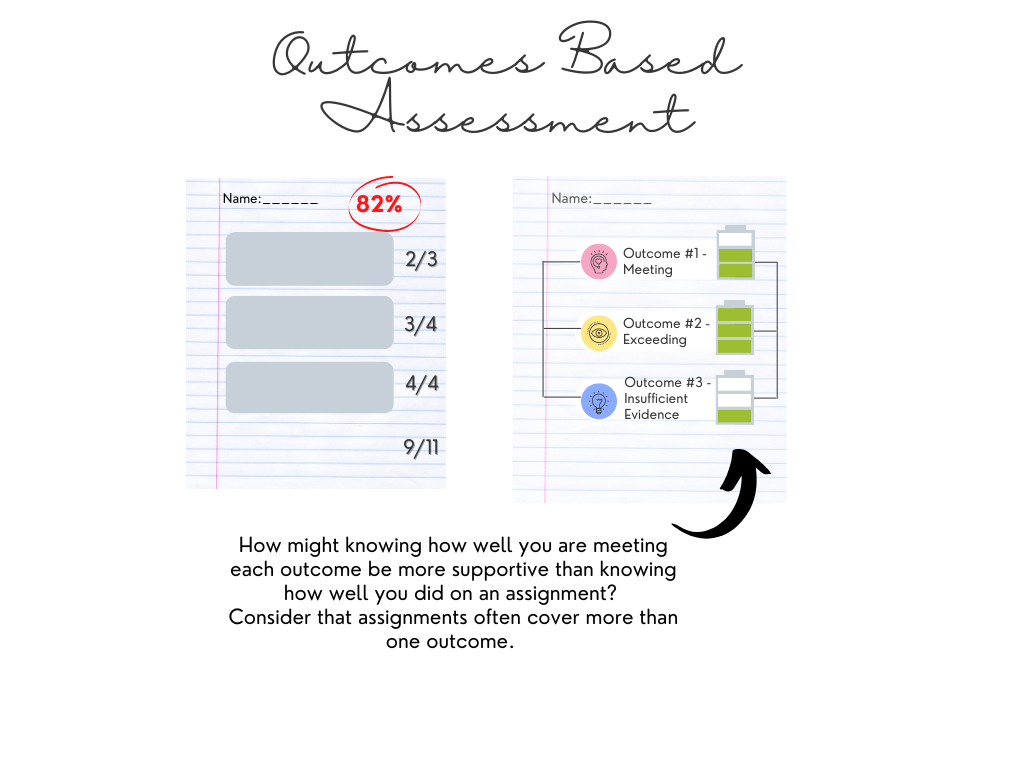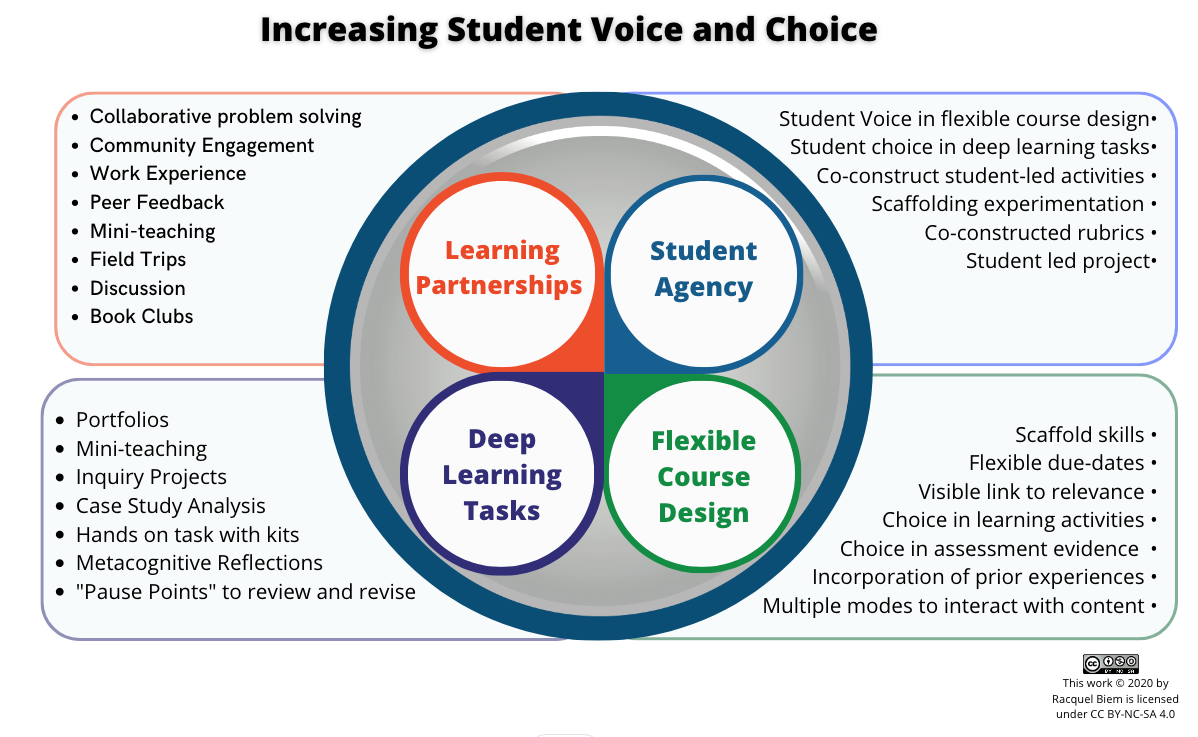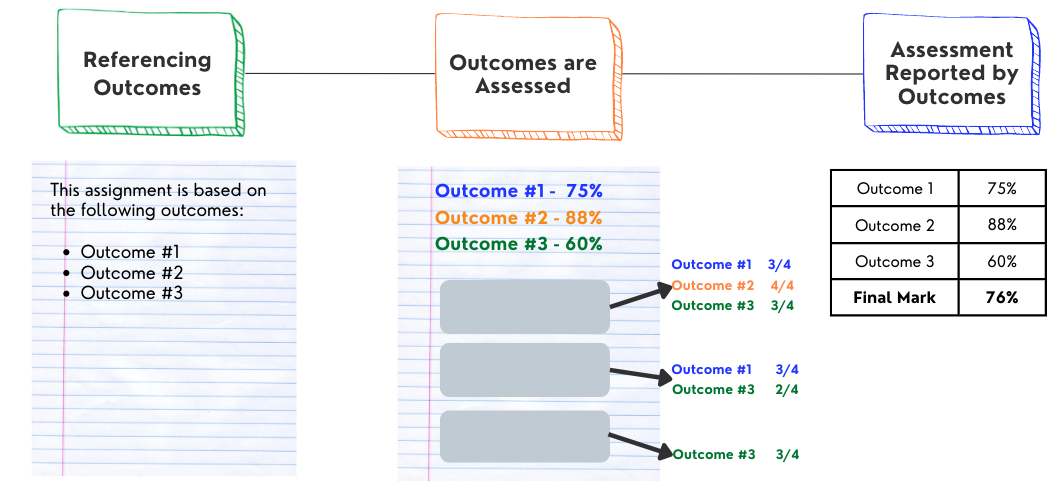Practice Problem Sets: Issues of Timing and Mixing
The authors point out that it is usual for practice problems to be assigned:
• immediately following the relevant lesson (massed), and
• for problems of the same type to be grouped together (blocked).
 Through Rohere and Taylor’s experiments, they found that spacing the timing of two sets of practice problems 1 week apart (they called this spaced rather than massed) and varying the types of problems in a practice set (they called this mixed rather than blocked) greatly improved students’ test performance.
Through Rohere and Taylor’s experiments, they found that spacing the timing of two sets of practice problems 1 week apart (they called this spaced rather than massed) and varying the types of problems in a practice set (they called this mixed rather than blocked) greatly improved students’ test performance.
While the experiments used math concepts (one was a permutation task, the other was a volume task), it seems there could be an extrapolation/application to other kinds of practice problem sets for students.
The basic idea I take from this article for teaching is twofold:
(1) have students return to the problem type practiced in the previous week, and
(2) mix last week’s problem type with this week’s problem type.
This approach means students get to try a set of problems again—important especially if they had difficulty first time around. Plus, using mixtures of problems handled at the same time requires students to learn to pair each kind of problem with the appropriate procedure – that is students not only learn how to perform each procedure (learning-how), but also which procedure is for each kind of problem (learning-which) – the authors call this “discrimination training.”
A powerful closing remark in the article is that shuffling problems in this way presented few logistical demands for the teacher, making it an easy change in teaching practice that can have dramatic benefits for student learning.
(And, here I’ll add another easy change that builds on the above…teachers can ask students to do problems sets in small groups, then exchange them with another group and provide peer feedback on their calculations or choice of procedures. The learning that occurs by providing feedback to peers has also shown improvements in student performance.)


